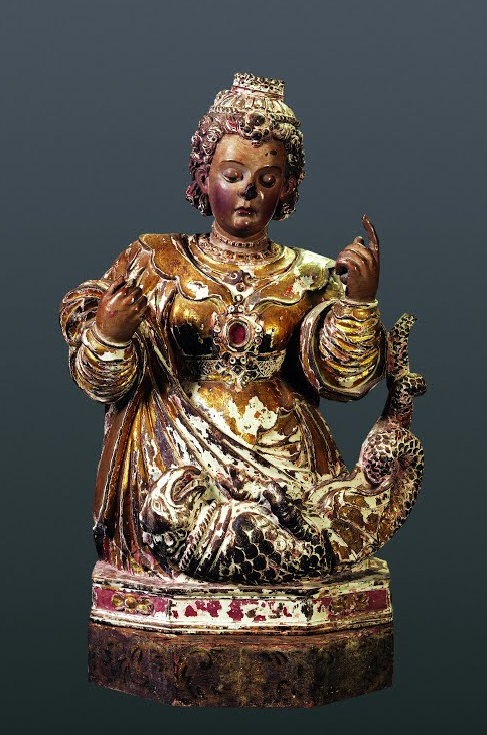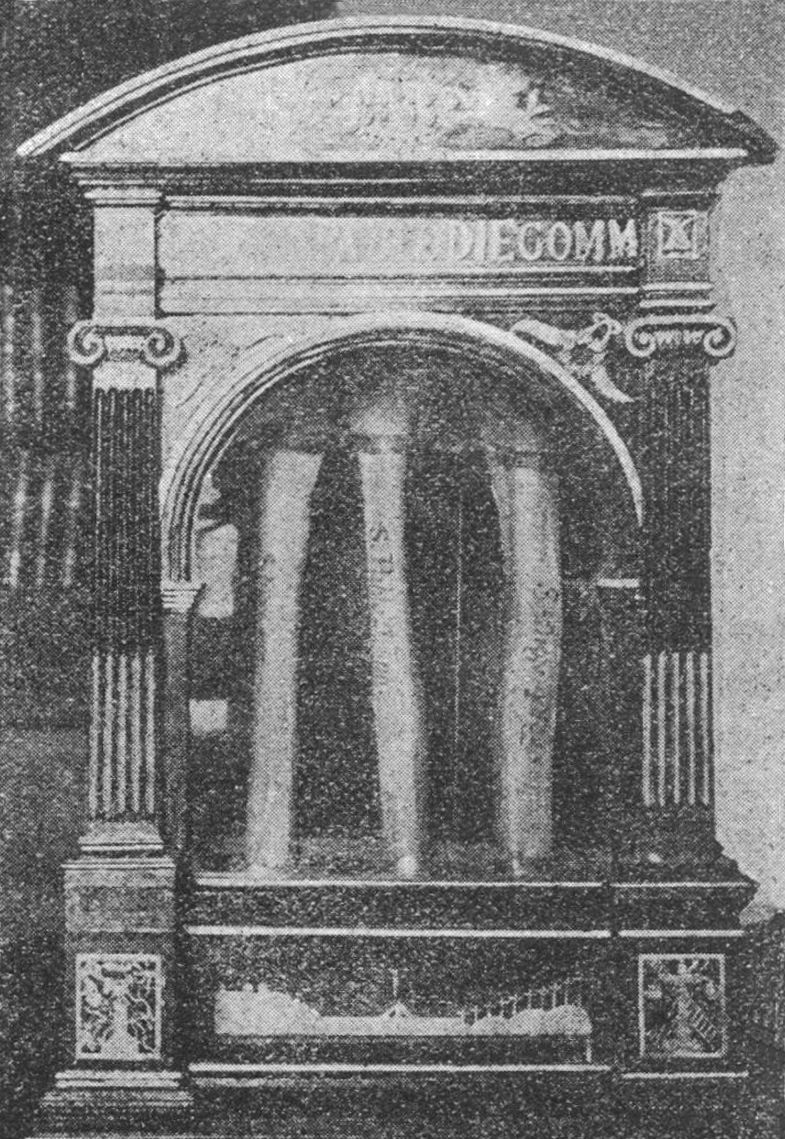RP2: South and Southeast Asia (Goa, Macau, Manila)
Relics on the Move. Goa, Macau, and Manila as South and Southeast Asian Relic Hubs
Regional Project 2 (RP2) examines the movement, utilisation, and display of Christian body relics in the regions of Goa, Macau, and Manila in the 16th and 17th centuries. These three urban centres not only served as pivotal nodes of intercontinental trade during the early modern period but also emerged as cultural and logistical hubs of Christian missionary endeavours in the Asian region. The West Indian city of Goa and the southern Chinese city of Macau both held strategic significance as vital ports within the expansive network of trading posts constituting the Portuguese Maritime Empire. Conversely, Manila, under the administration of the Spanish Crown, flourished as the foremost port for Pacific trade. These urban landscapes, with their metropolitan churches, monasteries, and seminaries, have historically been, and still are, key locations for the preservation and veneration of Christian body relics. Moreover, they functioned as crucial junctures for the transit of relics across Asia and between Europe and America.
Numerous inquiries have underscored the profound significance of bodily relics in mediating the negotiations and conflicts between European and Asian religious traditions and in the formulation of new cultural identities. Notably, Ines Županov elucidated the missionary perspective on the transportation of Christian relics from Europe to Asia as a symbolic assertion of territorial conquest. The socio-religious ramifications of bodily relics are exemplified in episodes such as the contentious disputes over the remains of the biblical apostle Thomas in Mylapore and the purported destruction of the tooth relic of the Buddha from Sri Lanka by the archbishop of Goa in 1561. Additionally, scholarly discourse has extensively analysed the symbolic significance of the body relics of St. Francis Xavier in Goa, which metonymically epitomise the status of the entire Estado da Índia. However, little is known today about the bodies of other valued people whose remains were venerated in Goa, Macau, and Manila and distributed from there to Asia and beyond.
The initial focal point of investigation entails a significant donation of relics commemorated with a nine-day festival and magnificent procession in Manila in 1597. This consignment, meticulously compiled by Jesuit Alonso Sanchez between 1590 and 1592 with papal authorisation, comprised 155 relics, including the bones of 20 pontiffs, sourced from various tombs in Rome. A parallel papal endowment (214 relics) had earlier reached the Jesuit College in Mexico City in 1578, signifying a momentous occasion celebrated not only by the city’s populace but also by representatives of the entire viceroyalty. The project seeks to investigate the origins and significance of these analogue gifts of relics, focusing on the deliberate participation of the multi-ethnic population in relic festivals and veneration rituals. In this way, indigenous adaptations and appropriations of Christian relic cults and resistance to their introduction will be illuminated. Furthermore, RP2 will investigate the religious and cultural exchanges between the Philippine islands and the American viceroyalty of New Spain, which were facilitated by the Acapulco-Manila galleon and the transportation of relics and reliquaries. This exploration underscores the intricate dynamics of transpacific interactions and their impact on religious arts, practices, and beliefs.
Another focal area of inquiry encompasses the relics of the 26 Christians, including 17 lay brothers, six Franciscans, and three Jesuits, who were martyred near Nagasaki in 1597. Of particular significance is the fact that only four of these men were Europeans, marking the remaining 22 as the inaugural autochthonous Christian figures of Asia and America to be beatified in 1627. The project traces the convoluted trajectory of their relics and examines the diverse local manifestations of their veneration. Initially brought from Japan to Macau and Manila, these highly coveted bodily relics were subsequently transported to Goa, the Indian subcontinent, as well as to Mexico City, Spain, Portugal, and Rome, delineating the intricate networks of dissemination of bodily relics across continents and cultural contexts.


